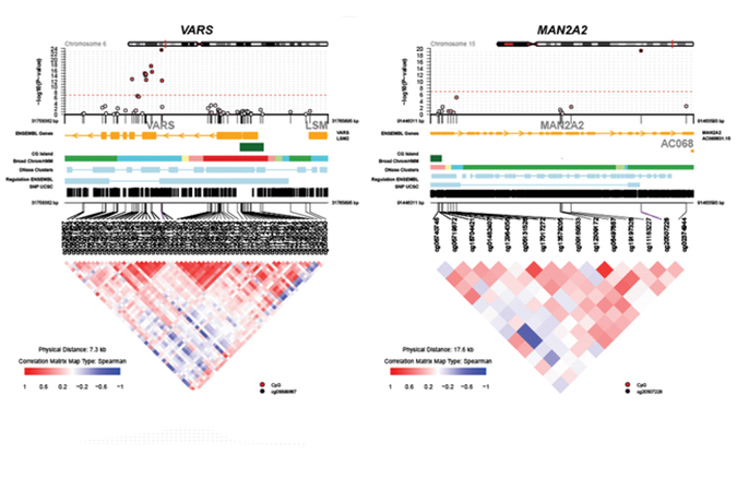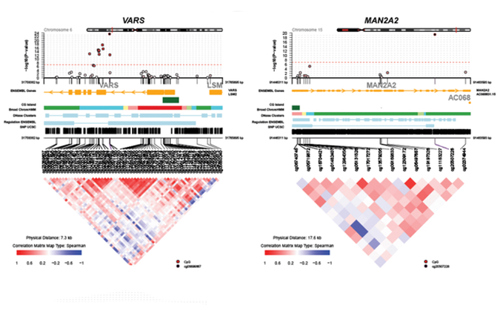Epigenome-wide association study of leukocyte telomere length
Research findings
|Published
New paper by researchers at the Centre published in Aging
Researchers at the Centre for Fertility and Health and the Department of Genetics and Bioinformatics report in a recent research paper published in Aging that telomere length is associated with DNA methylation at 823 CpG sites after adjusting for age, sex, ethnicity and white blood cell counts. This study was based on the largest multi-ethnic cohorts to date. The 823 CpGs were near genes that are known to play a role in sleep-wake cycle (circadian rhythm), blood coagulation and wound healing.
Both telomere length and epigenetics have been widely studied as biological indices of aging. As humans age, there is a gradual shortening of telomere length, and the epigenetic profile widely change. However, it is unclear to what extent epigenetics is associated with telomere length. This study aimed at addressing this important gap in knowledge and provided a basis for future research into the causal mechanisms underlying the association between the two hallmarks of aging – telomere length and epigenetics.
Abstract
Telomere length is associated with age-related diseases and is highly heritable. It is unclear, however, to what extent epigenetic modifications are associated with leukocyte telomere length (LTL). In this study, we conducted a large-scale epigenome-wide association study (EWAS) of LTL using seven large cohorts (n=5,713) – the Framingham Heart Study, the Jackson Heart Study, the Women’s Health Initiative, the Bogalusa Heart Study, the Lothian Birth Cohorts of 1921 and 1936, and the Longitudinal Study of Aging Danish Twins. Our stratified analysis suggests that EWAS findings for women of African ancestry may be distinct from those of three other groups: males of African ancestry, and males and females of European ancestry. Using a meta-analysis framework, we identified DNA methylation (DNAm) levels at 823 CpG sites to be significantly associated (P<1E-7) with LTL after adjusting for age, sex, ethnicity, and imputed white blood cell counts. Functional enrichment analyses revealed that these CpG sites are near genes that play a role in circadian rhythm, blood coagulation, and wound healing. Weighted correlation network analysis identified four co-methylation modules associated with LTL, age, and blood cell counts. Overall, this study reveals highly significant relationships between two hallmarks of aging: telomere biology and epigenetic changes.
Full reference
Epigenome-wide association study of leukocyte telomere length. Lee Y, Sun D, Ori APS, Lu AT, Seeboth A, Harris SE, Deary IJ, Marioni RE, Soerensen M, Mengel-From J, Hjelmborg J, Christensen K, Wilson JG, Levy D, Reiner AP, Chen W, Li S, Harris JR, Magnus P, Aviv A, Jugessur A, Horvath S. Aging (Albany NY) 2019;11(16):5876. (Published August 26 2019)

